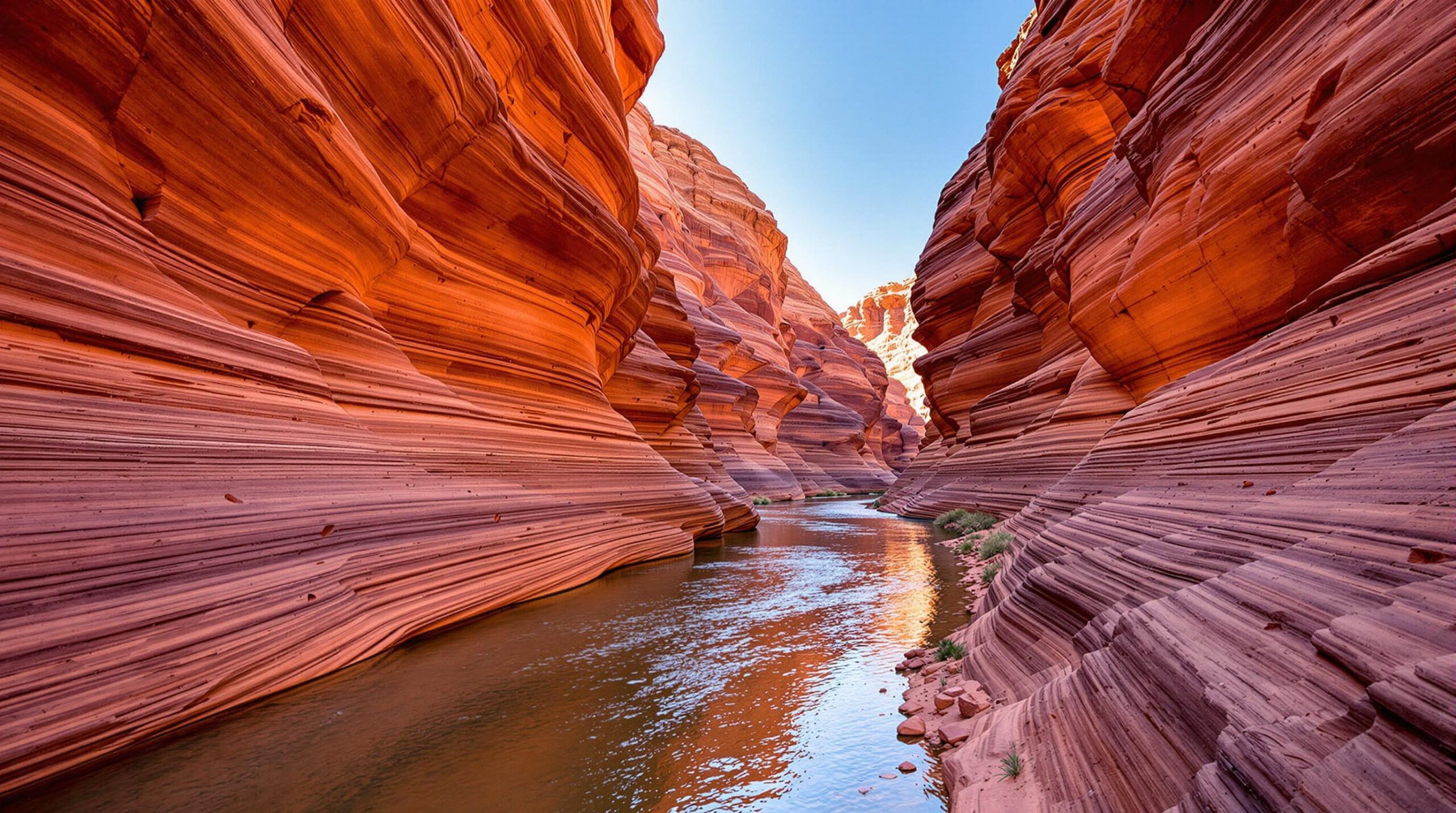A new milestone in New Mexico’s outdoor recreation efforts arrived when the state legislature passed House Bill 219 on April 3, 2025, sending it for gubernatorial approval to create Slot Canyon Riverlands State Park near Las Cruces. The measure was sponsored by Reps. Jeff Steinborn, Nathan Small and Joanne Ferrary, building on recommendations from a feasibility study completed after the state acquired Broad Canyon Ranch in partnership with groups such as the Trust for Public Lands. The legislation incorporates a comprehensive plan to expand visitor access while improving public safety.
According to legislative documents, the park will encompass approximately 900 acres and receive about $9 million in funding to create designated parking areas, a visitor center and campgrounds, as noted by a report. The move is intended to replace the current practice of roadside parking and fence crossing, which have posed hazards for people attempting to enter nearby Organ Mountains Desert Peaks National Monument. An existing ranch house will be refurbished for educational programs.
Sen. Jeff Steinborn, D-Las Cruces, credits years of advocacy behind the idea. “At the end of the day, there was very strong bipartisan support to do it, and people are genuinely excited to have this park be created and looking forward to visiting it when it’s built,” he said. This measure was introduced as a Democratic-led effort that also aligned with past initiatives to bolster local outdoor spaces.
Steinborn has also connected the project to the state’s broader vision of promoting ecologically conscious tourism. “I think [Slot Canyon Riverlands is] a very special and popular attraction that a state park would really capitalize on and bring in a lot of visitors,” he said. Over the years, he spearheaded legislation that led to the creation of the Outdoor Recreation Division and shaped other public land endeavors in southern New Mexico.
According to Steinborn, a variety of wildlife and distinct landforms in the park’s boundaries underscores the project’s ecological value. “They’re very kind of surreal and other worldly,” he remarked of the desert slot canyons. He also noted that riparian zones along the Rio Grande, cottonwood groves and potential beaver activity may be among the area’s highlights, drawing hikers, bird watchers and other recreation enthusiasts.
Steinborn says the park could provide economic benefits. “So, I think it’ll literally grow the upper economy of this region, I believe and be another feather in the hat of the state and is just another great destination that people can experience when they come to New Mexico,” he said. Its proximity to well-known public lands, including the Chihuahuan Desert Rangeland Research Center, bolsters the site’s potential as a regional attraction.
Addressing longstanding issues at the location, Steinborn noted that many people have parked on the side of the road and hopped a fence to reach state land. In his view, the bill’s provisions for structured entry points, safer parking spots and a more welcoming route for visitors will protect the land from unintended damage while serving recreationists more effectively.
The legislation highlights synergy with the Organ Mountains Desert Peaks National Monument, which Steinborn also championed. Authorized entry into the park is expected to broaden routes to scenic trails and canyons. “It’s just kind of a gem sitting amongst a bunch of other gems,” he said, underscoring how the network of public lands could benefit from this integrated plan.
Recognized best practices in campground design encourage features like spacious pull-through spaces, well-marked hook-ups and properly lit facilities. These elements can help avoid confusion, enhance accessibility and reduce accidents. This approach aligns with the park’s effort to establish designated parking areas and secure entry points, which could also serve as a model for private park operators who want to offer safe and user-friendly accommodations.
A national campground association has reported that facilities incorporating wider pull-through spaces and clearly labeled utility hook-ups can see up to a 20% decrease in accidents or property damage claims. This background statistic underscores how thoughtful infrastructure planning complements the park’s emphasis on safer, more convenient access.
A recognized tourism bureau has also published findings indicating that adding educational exhibits at natural sites may reduce issues like trampled vegetation by 15%. This general information reflects how programs planned for the park’s repurposed ranch house could mitigate ecological harm while enhancing visitor engagement.
A parallel emphasis on sustainable tourism and education underscores the park’s strategy to repurpose the ranch house for learning programs and nature exhibits. Commonly endorsed steps include interpretive signage about local wildlife, native plant landscaping and responsible recreation guidelines. These approaches mirror the park’s aim to balance leisure with conservation, spotlighting the desert canyons and Rio Grande wetlands in a manner geared toward long-term preservation.
By focusing on environmentally sound tourism, the project reflects the broader trend in New Mexico of merging outdoor adventure with earnest stewardship of native habitats. Private campgrounds and resorts can benefit by adopting similar measures, generating partnerships that highlight local ecosystems and offering responsible recreation opportunities. This may, in time, expand opportunities for outdoor travel throughout the region.
The momentum generated by House Bill 219 has also renewed conversations about broader land use. Steinborn’s legislative portfolio includes initiatives aimed at promoting public lands and elevating New Mexico as a premier destination for ecologically responsible nature tourism. As further developments unfold, he remains optimistic that Slot Canyon Riverlands State Park will bring lasting gains to Doña Ana County and strengthen the state’s growing profile in outdoor recreation.


